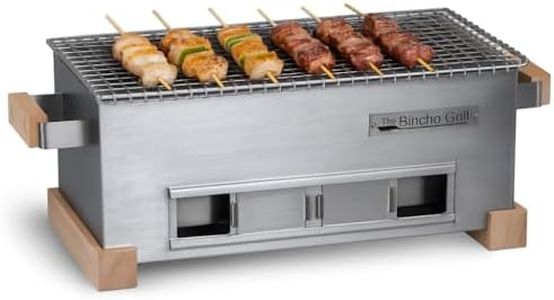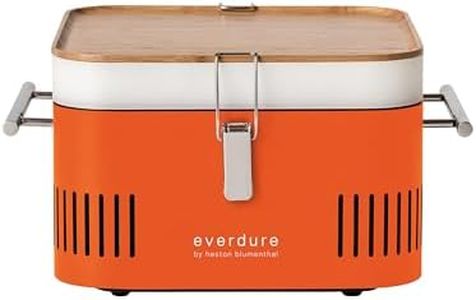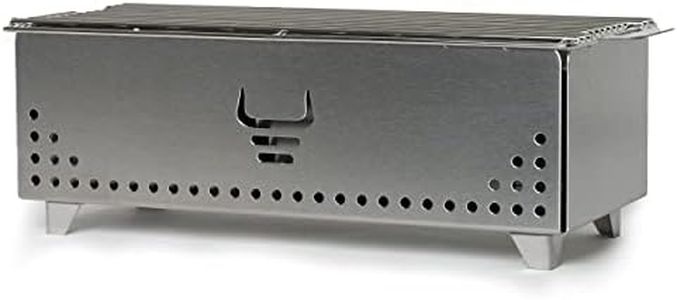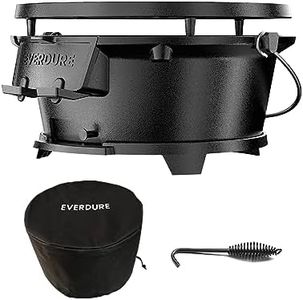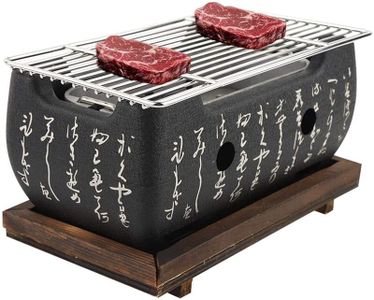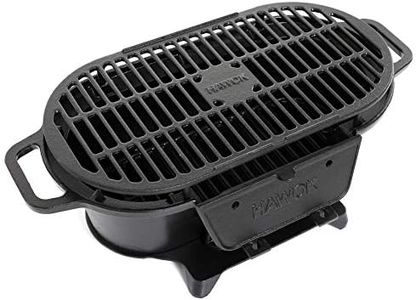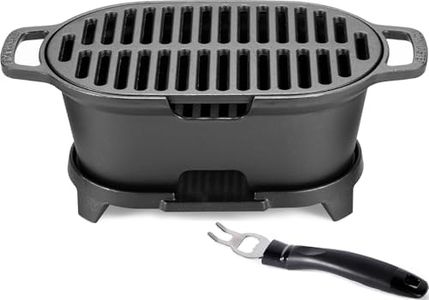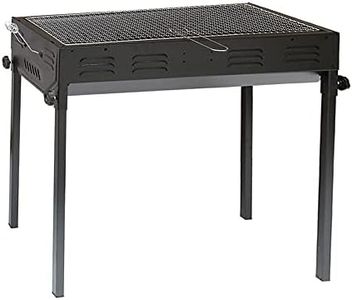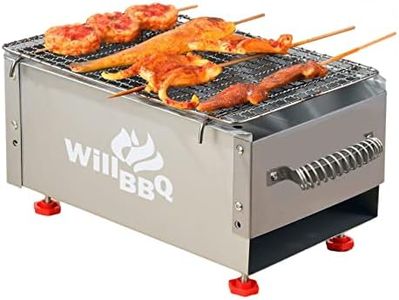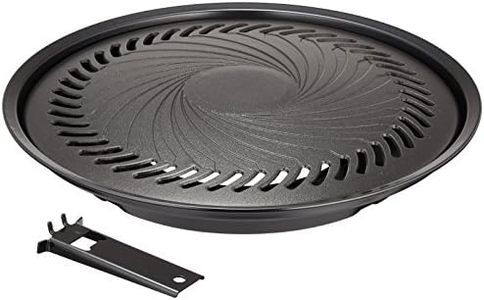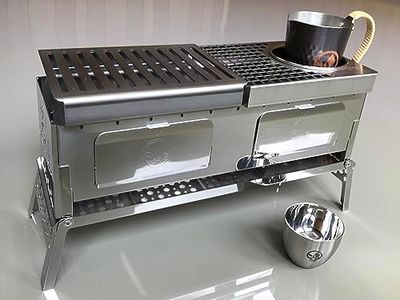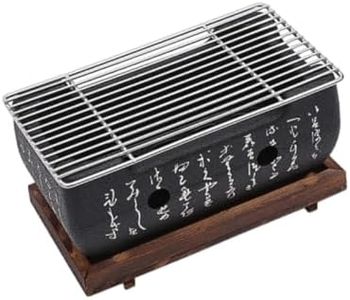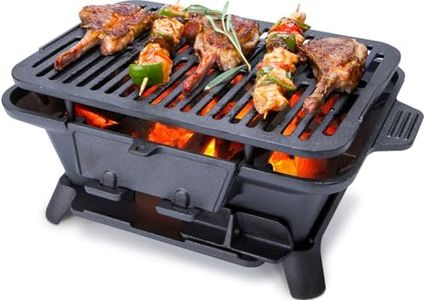We Use CookiesWe use cookies to enhance the security, performance,
functionality and for analytical and promotional activities. By continuing to browse this site you
are agreeing to our privacy policy
10 Best Hibachi Grills
From leading brands and best sellers available on the web.By clicking on a link to a third party's website, log data is shared with that third party.
Buying Guide for the Best Hibachi Grills
Hibachi grills are a popular choice for those who love simple, direct grilling, especially for smaller portions or more intimate gatherings. Picking the right hibachi grill involves understanding your grilling needs, how portable you want your setup to be, and what types of features matter most for your cooking style. Focus on the main features that affect performance, ease of use, and durability so you can make a choice that keeps you grilling happily for years.MaterialThe material of a hibachi grill is about what the body and cooking surface are made from. Most hibachi grills are made of cast iron or stainless steel because these materials hold heat well and are very durable. Cast iron holds heat longer and gives great flavor through excellent searing, but it can be heavy and needs seasoning to prevent rust. Stainless steel is lighter and won't rust as easily, but it may not provide the same even heat. Consider how you'll use your grill: if longevity and heat retention are most important, look for cast iron; if you want something easier to carry and maintain, stainless steel might be a better fit.
Size and Cooking AreaThe size and cooking area determine how much food you can cook at one time. Hibachi grills range from compact models suitable for one or two people to larger grills that can accommodate a small group. Think about how many people you typically cook for: small grills (less than 100 square inches) are best for solo use or couples, while medium grills (up to 200 square inches) can serve a family or a few friends. Consider your usual group size to find a grill that’s neither too cramped nor too large for your needs.
PortabilityPortability refers to how easy it is to move the grill around. Some hibachi grills are specifically designed for taking to picnics, camping trips, or tailgates, making them lightweight and often featuring handles. Others are heavier and better suited to staying in one spot, like a patio. If you want to grill on the go, focus on lighter grills that are easy to transport; if the grill will mostly stay at home, prioritize sturdier models that may be heavier.
Fuel TypeHibachi grills traditionally use charcoal, which gives food that classic smoky flavor. Charcoal grills usually let you control the intensity of the heat by adjusting the amount or placement of the coals. While some modern takes use propane or electric, classic hibachi experience means working with charcoal. If you love authentic flavors and don’t mind spending some time starting and maintaining a fire, stick with charcoal. If ease of use is your goal, then propane or electric models may be worth considering.
Airflow and Temperature ControlAirflow and temperature control are about how much you can adjust the heat on your grill. In hibachi grills, this usually means having adjustable vents or height-adjustable grates. Good control lets you cook food evenly or create different heat zones. If you like experimenting with different foods and doneness, look for grills with adjustable features. If you’re mostly grilling just burgers or skewers at one temperature, basic fixed designs can work well.
Cleaning and MaintenanceCleaning and maintenance are about how easy it is to keep your grill in good shape. Removable grates, ash pans, and smooth surfaces make cleanup faster and stop buildup that can affect the taste of your food. Consider how much time you want to spend on maintenance: if you don’t mind a bit of upkeep, more traditional materials like cast iron are great; if you want something low-fuss, look for grills with easy-to-clean features.
